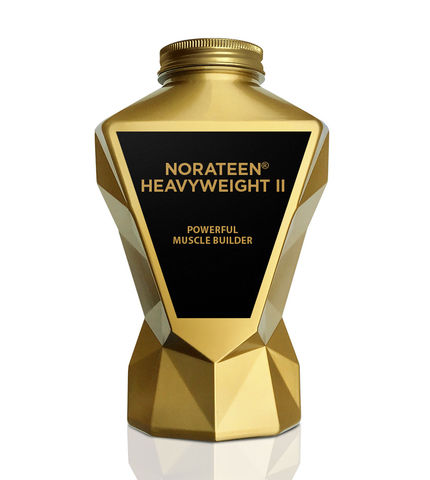The Knowledge > Better Health >
Thursday, 27th February 2020
The Importance of Body Stability
Improve Your Body's Performance & Longevity
By Alistair Richardson on 27.02.2020 04:06 pm
My name is Alistair Richardson and I am a bio-mechanic and injury rehabilitation specialist. I am also a student at the London School of Osteopathy so to me, the body’s health is vital, as we only have one, so keeping it in the best shape it can be is everything for life longevity. The subject content I am writing about in this article is based on injury prevention. There are several concepts involved when discussing prevention of injury, but I would like to start with some simple basics that you can work toward in your current exercise routine. Stability and balance are key aspects of performance. All too often we fall into the trap of working (and effectively over training) the big muscles and wonder why we hit a plateau or injure ourselves in the strive to get hench! I know, I’ve been there myself during my 18 years of training.
Variation in your training allows for the muscles to be stimulated in multiple manners and encourages their continued ability through a range of movements or just your straight forward push or pull. We have to remember, our bodies are 3 dimensional and as such need to be stimulated in all planes of motion. Too often we get caught working our muscles in single planes of motion over and over expecting there to be growth from it. Moreover, we stay on the same exercise plan for too long and wonder why we can’t see improvement. The simple answer is to add variety and if you’re going to do that, why not implement multidimensional exercises to it?
Try something out of your normal
comfort zone. Don’t be afraid to get your body working in a different way than
you’re used to. Go lighter. Often bodyweight when we’re changing the dynamic of
our movement makes it more manageable and therefore more sustainable. If you go
too intense at the start of any change, it will only add stress and cause you
more issue, which will ultimately leave you wishing you hadn’t bothered.
Start with stretching more. We rarely open the muscles to allow for more range in activity, giving them the space to grow into is a starting point to further growth. If the muscles are compressed and tight to begin with, then adding weight to them will only make them shorter and tighter. If width and size are what you’re after, get the muscles and soft tissue pliable enough to make that happen. For example, some myofascial release on the foam roller can assist the tension to be opened up to allow for better range of movement. Be sure to look at how to use the foam roller through the use of a fitness professional or professional online guidance.
Work on stability by putting
yourself through balance movements. Try some single leg or single arm exercises
to differ the rotation movements and see the difference between one side
compared to the other. Everyone has predisposed imbalances due to predominant
sides. Being left or right handed will ultimately make you more preferable in
your movement that way. Challenging your body to use your ‘weaker’ or less
stable side will make your combined movement better. Get your core stronger.
The core isn’t just abs. It’s the whole trunk including side bending and
rotation through it. We often get caught in just flexion or extension
movements.
Changing the type of exercise you do on a muscle group will also aid in your stability of the joint you’re trying to work and ultimately help you ‘thicken out’. Ask a fitness professional for help in understanding your body better. Get an objective view and don’t be afraid to adapt your movements by decreasing your weight in the exercise. There’s nothing wrong with reducing the intensity if its ultimate goal is to strengthen and increase ability overall.
We can’t always see or realise the areas we have issues in. Knowing what you do in your movement will help you recognise your areas of weakness and dysfunction. Once you know them, you can work on them alongside your already strong areas. Knowledge is power, which builds confidence in your mental and physical ability. Use your body as a whole as it’s meant to be, not just a single part as we so often do when splitting our workouts to individual body parts.




























